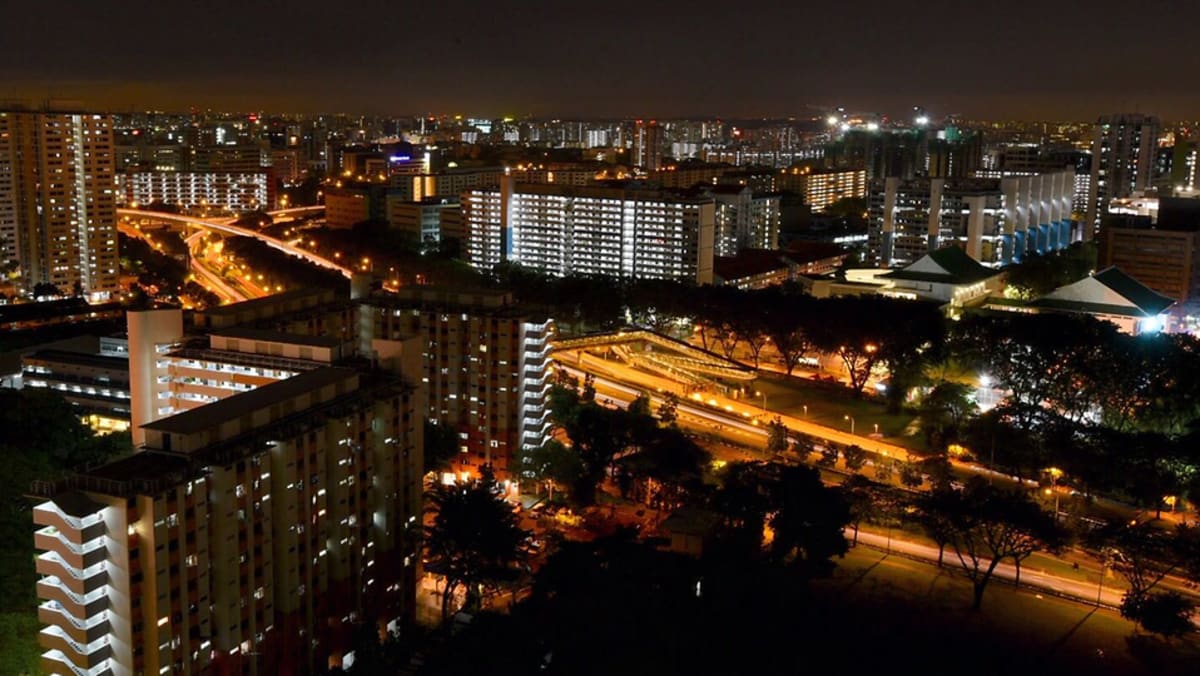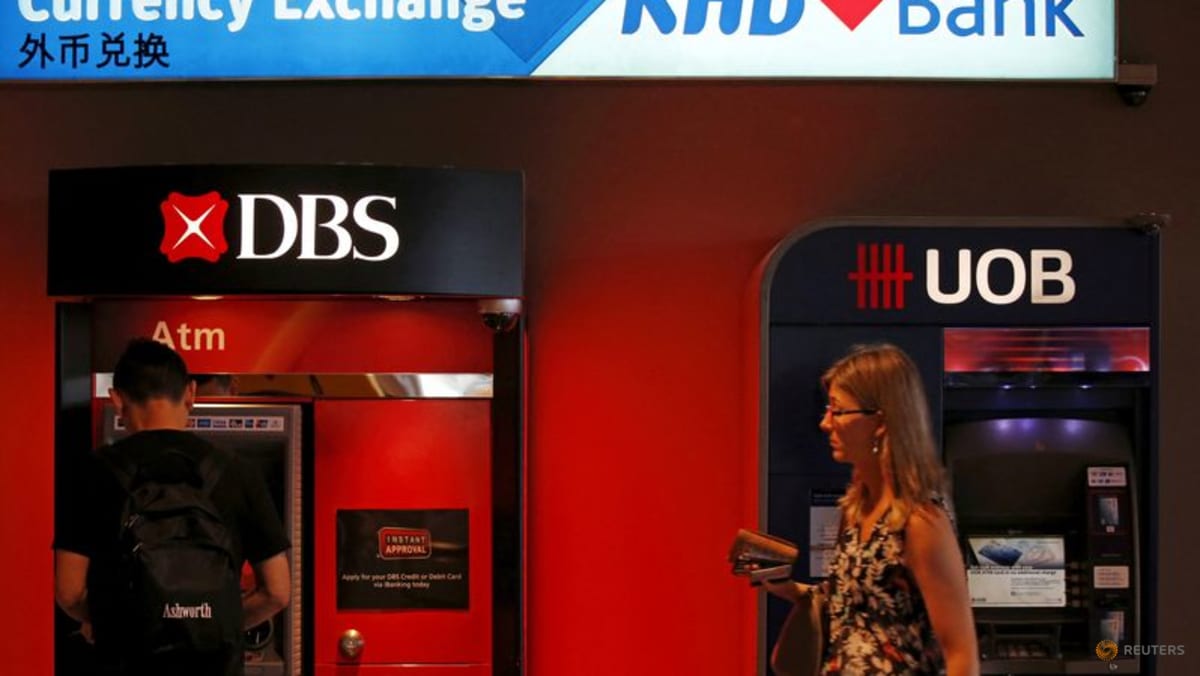Ms Tan said the company’s analysis of some consumers on the 9-to-9 plan showed they were able to shift about 70 to 80 per cent of their electricity consumption to off-peak hours.
“An average five-room flat household can save easily, let’s say, more than S$30 per month,” she added.
“So, on an aggregate basis, they can (save up to) S$1,000 in comparison with a two-year fixed price plan.”
The company’s other option, the Save While Sleeping plan, is a fixed 24-month plan that allows people to get 35 per cent off the regulated tariff during off-peak hours.






